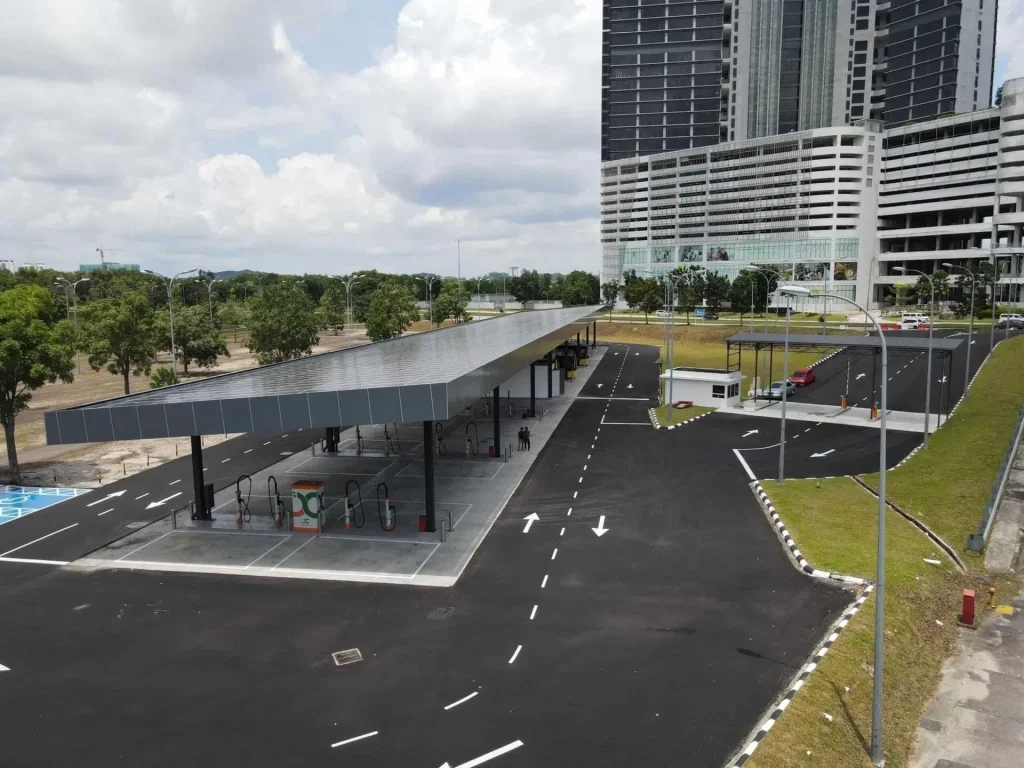In a world increasingly aware of its carbon footprint, electric vehicles (EVs) are not just a trend but a necessity. Remarkably, the global EV market is surging ahead, with EV sales projected to reach 10.5 million units by 2025, according to Bloomberg Green. Central to this revolution is the expansion of EV charging networks, which are pivotal in transforming urban mobility into a more sustainable practice. This article delves into how these networks are molding the future of green urban transport, providing insights into their growth, challenges, and impact on sustainable living.
The Rise of EV Charging Networks
Expanding Infrastructure
The burgeoning demand for EVs has spurred a parallel expansion in charging infrastructure. By 2023, the International Energy Agency (IEA) reported over 2.1 million public charging points globally, a 60% increase from the previous year. This expansion is crucial as urban centers shift towards sustainable mobility. Key players like Tesla, Rivian, and Volkswagen are investing heavily in charging infrastructure, ensuring that city dwellers have convenient access to EV chargers.
- Tesla’s Supercharger Network: Tesla, a pioneer in EV technology, continues to expand its Supercharger network, with ambitious plans to triple its global footprint by 2025.
- Volkswagen’s Electrify America: Aiming to have 1,800 charging stations and 10,000 individual chargers across the U.S. by 2026.
- Rivian’s Adventure Network: Focused on providing robust charging solutions in remote and urban areas, enhancing the flexibility of EV usage.
Integration with Urban Planning
The integration of EV charging networks into urban planning is increasingly vital. Cities like Oslo, Amsterdam, and San Francisco are leading the charge by incorporating charging stations into public spaces and residential areas. This strategic approach not only reduces range anxiety but also encourages residents to transition from fossil-fuel vehicles to electric ones.
Overcoming Challenges in EV Charging
Addressing Range Anxiety
One of the main barriers to EV adoption is range anxiety—the fear of running out of battery with no charger in sight. However, advancements in charging technology are mitigating this concern. High-speed chargers, capable of delivering 80% charge in under 30 minutes, are becoming more prevalent, as reported by TechCrunch.
- Ultra-Fast Chargers: Brands like Hyundai and BYD are at the forefront, deploying ultra-fast chargers in key urban locations.
- Smart Charging Solutions: Companies are developing apps and platforms that enable users to easily locate and reserve charging stations, reducing wait times and enhancing user convenience.
Enhancing Charging Efficiency
Improving the efficiency of charging stations is another focus area. InsideEVs highlights that companies are exploring wireless charging technology and solar-powered charging stations. These innovations promise not only to make charging more convenient but also to integrate renewable energy sources, aligning with broader sustainability goals.
Practical Guide: How to Charge Your EV Efficiently
Choosing the Right Charger
Selecting the right type of charger for your EV is crucial for efficiency and convenience. Here’s a quick guide:
- Level 1 Chargers: Suitable for overnight home charging, providing 2-5 miles of range per hour.
- Level 2 Chargers: Ideal for home and public charging, offering 10-60 miles of range per hour.
- DC Fast Chargers: Best for quick stops, delivering 60-80 miles of range in just 20 minutes.
Where to Find Charging Stations
Access to charging stations is vital for EV users. Here’s how to locate them easily:
- Mobile Apps: Apps like PlugShare and ChargePoint provide real-time information on charger availability and types.
- In-Car Navigation: Most modern EVs come equipped with systems that help locate nearby charging stations.
- Online Maps: Google Maps and other online services now include EV charging locations.
What to Consider When Comparing Chargers
When comparing chargers, consider the following:
- Charging Speed: Faster chargers are ideal for busy schedules but may cost more.
- Location Convenience: Ensure chargers are accessible and safe, particularly for nighttime use.
- Cost: Some chargers offer free or subscription-based services. Evaluate based on your charging habits.
The Future of Green Urban Mobility
Innovative Trends on the Horizon
As we look to the future, several trends are poised to further revolutionize urban mobility:
- Vehicle-to-Grid Technology (V2G): This allows EVs to return electricity to the grid, enhancing energy efficiency and stability.
- Autonomous EV Fleets: Self-driving EVs promise to reduce traffic congestion and lower emissions, with companies like Nissan and Ford EV leading innovations in this space.
- Shared Mobility Solutions: Ride-sharing and carpooling platforms are integrating EVs into their fleets, reducing the number of vehicles on the road.
A Call to Action
To fully leverage the potential of EVs and charging networks, collaboration between governments, private companies, and consumers is essential. Incentives for EV adoption, continued investment in charging infrastructure, and public education campaigns are key strategies for achieving a sustainable urban future.
Conclusion
EV charging networks are undeniably shaping the future of green urban mobility by making electric vehicles more accessible and practical for city dwellers. As technology advances and infrastructure expands, the transition to sustainable urban transport will gain momentum, paving the way for cleaner and more efficient cities. How do you envision the future of urban mobility? Share your thoughts and join the conversation on sustainable transportation. With continued innovation and collaboration, a greener, more sustainable urban landscape is within reach.

